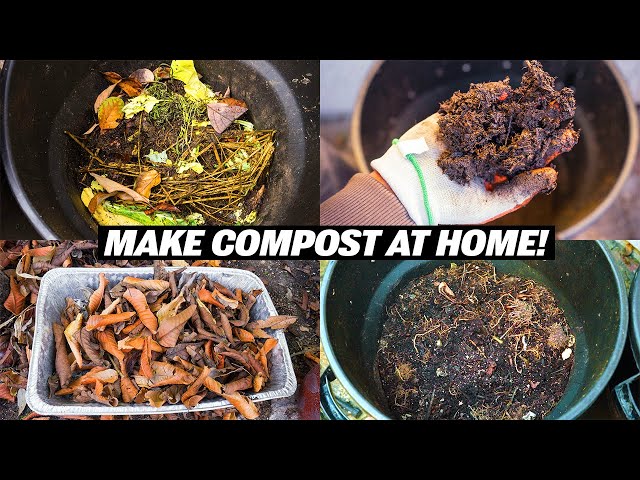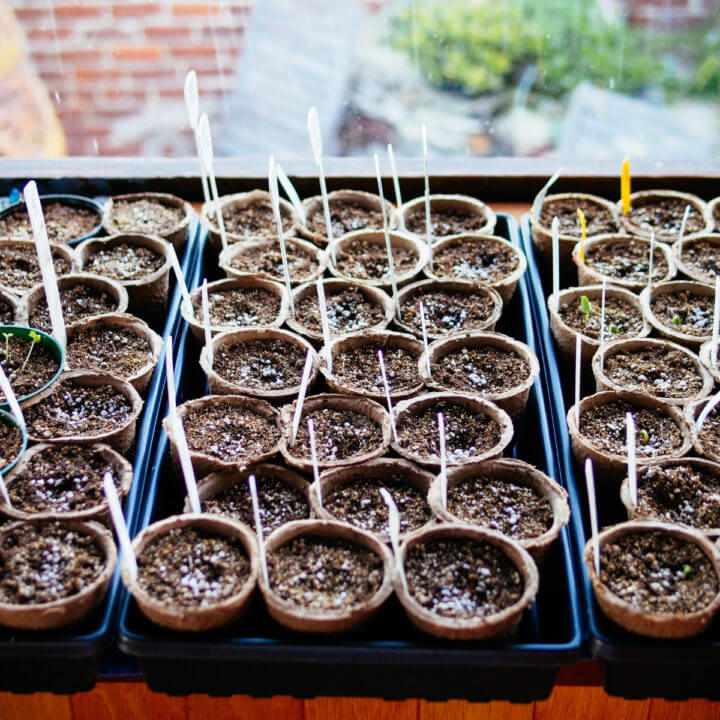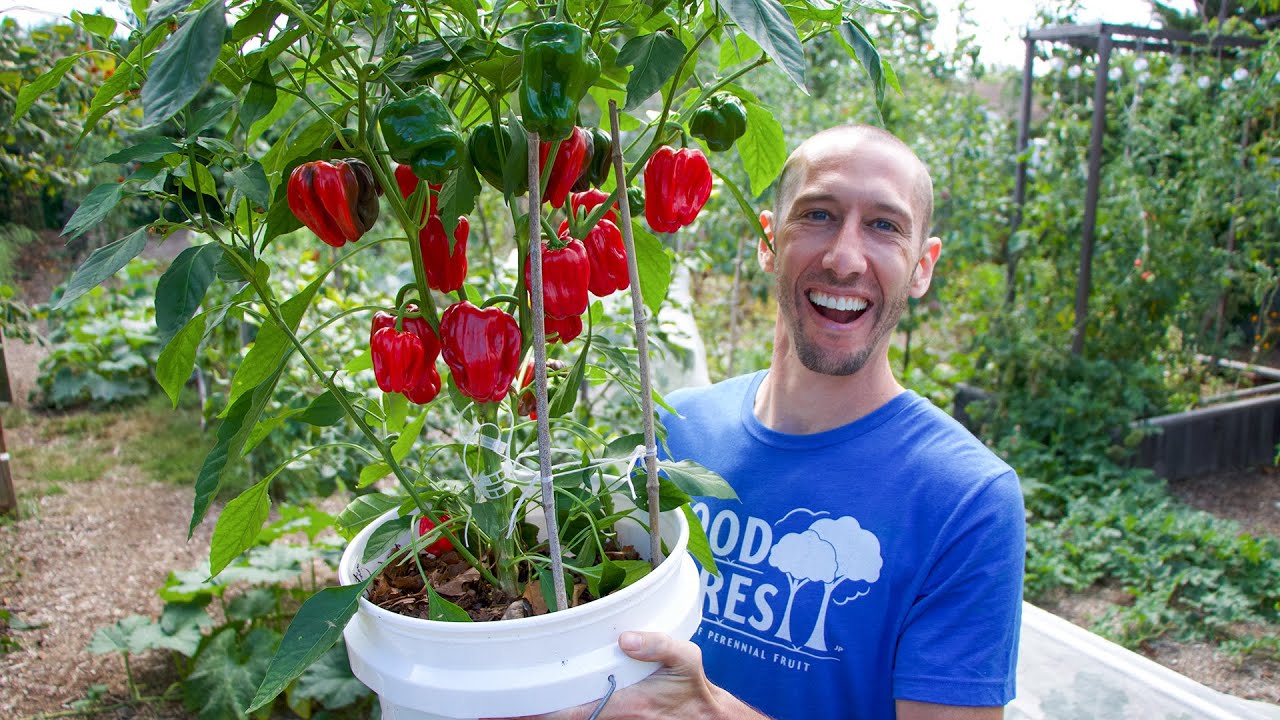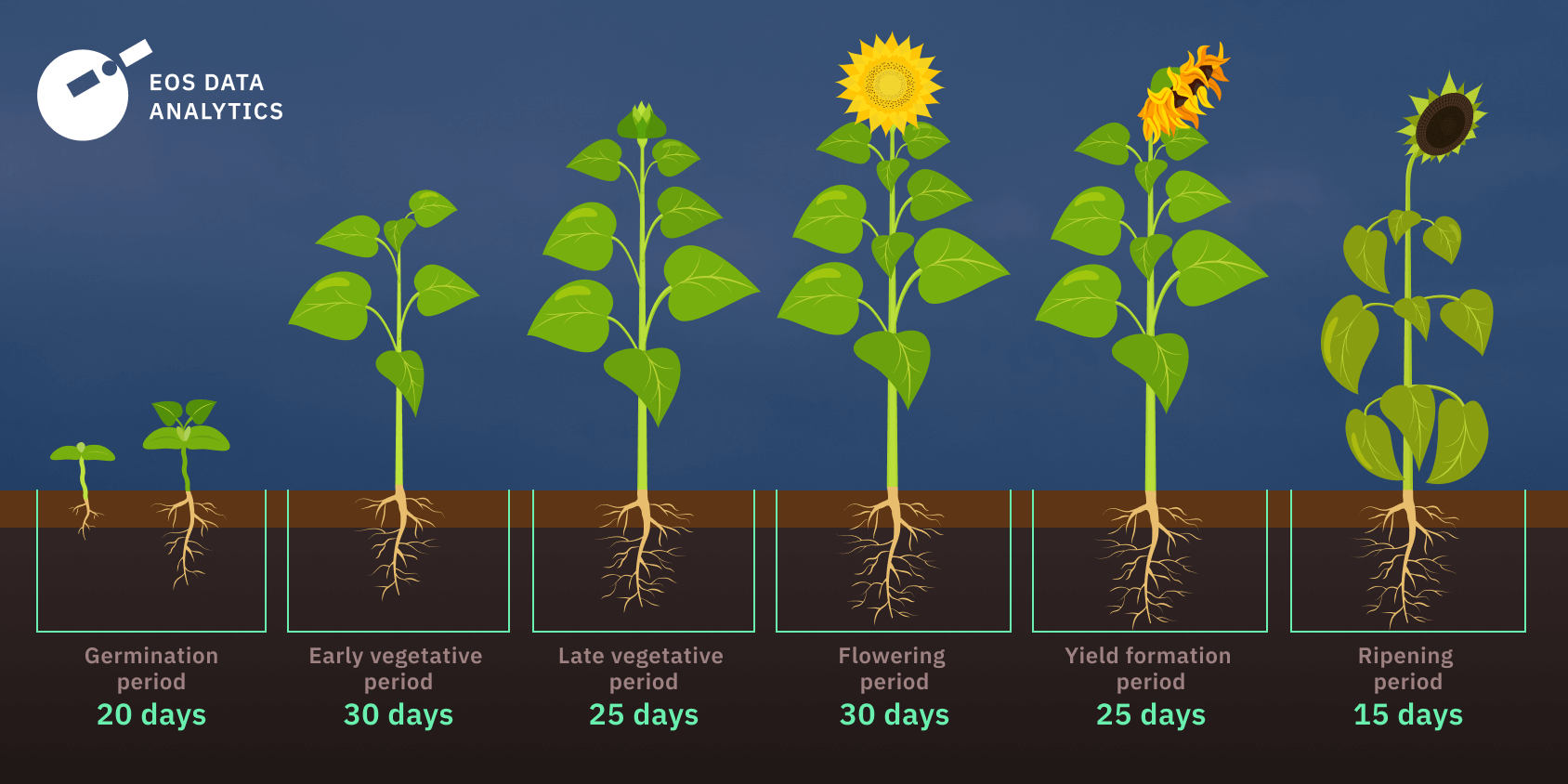How to Make Compost at Home: A Beginner’s Guide
Composting is a simple and effective way to reduce waste and create nutrient-rich soil for your garden. Whether you have a green thumb or not, composting at home is a great way to do your part for the environment while reaping the benefits of healthy, organic soil. In this guide, we’ll show you how to get started with composting at home, step by step.
Step 1: Choose a Compost Bin
The first step in making compost at home is to choose a compost bin. There are many options available, including countertop bins for indoor composting and larger outdoor bins for yard waste. Whichever bin you choose, make sure it has a lid to keep out pests and odors.
Step 2: Collect Compost Materials
Next, start collecting compost materials. These can include kitchen scraps like fruit and vegetable peels, coffee grounds, eggshells, and leftovers. You can also add yard waste like grass clippings, leaves, and small twigs. Avoid adding meat, dairy, and oily foods to your compost, as they can attract pests and slow down the composting process.
Step 3: Layer Your Compost Materials
Once you’ve gathered your compost materials, it’s time to start layering them in your compost bin. Aim for a good balance of green materials (such as food scraps and grass clippings) and brown materials (such as leaves and twigs). This balance will help speed up the composting process and create a more nutrient-rich end product.
Step 4: Keep Your Compost Bin Moist
Compost needs moisture to break down properly, so make sure to keep your compost bin moist by watering it regularly. Aim for a damp but not soggy consistency, similar to a wrung-out sponge. If your compost is too dry, add more water. If it’s too wet, add more dry materials like leaves or newspaper.
Step 5: Turn Your Compost Regularly
To speed up the composting process and ensure even decomposition, it’s important to turn your compost regularly. This can be done with a pitchfork or compost aerator, mixing the materials and aerating the pile to promote microbial activity. Aim to turn your compost every week or two for the best results.
Step 6: Wait for Your Compost to Mature
Composting is a natural process that takes time, so be patient as you wait for your compost to mature. The length of time it takes for your compost to be ready will depend on factors like temperature, moisture, and the mix of materials used. You’ll know your compost is ready when it’s dark, crumbly, and has a earthy smell.
Step 7: Use Your Compost in the Garden
Once your compost is ready, it’s time to reap the rewards of your hard work and use it in your garden. Spread a layer of compost around your plants or mix it into the soil to improve its texture and fertility. Your plants will thank you for the nutrient boost, and you’ll be helping to close the loop on waste and create a more sustainable garden.
Final Thoughts
Composting at home is a rewarding and sustainable practice that anyone can do, regardless of gardening experience. By following these simple steps and being patient with the process, you’ll be able to create nutrient-rich soil for your garden while reducing waste and helping the environment. So give composting a try and see the amazing benefits it can bring to your home and garden!



